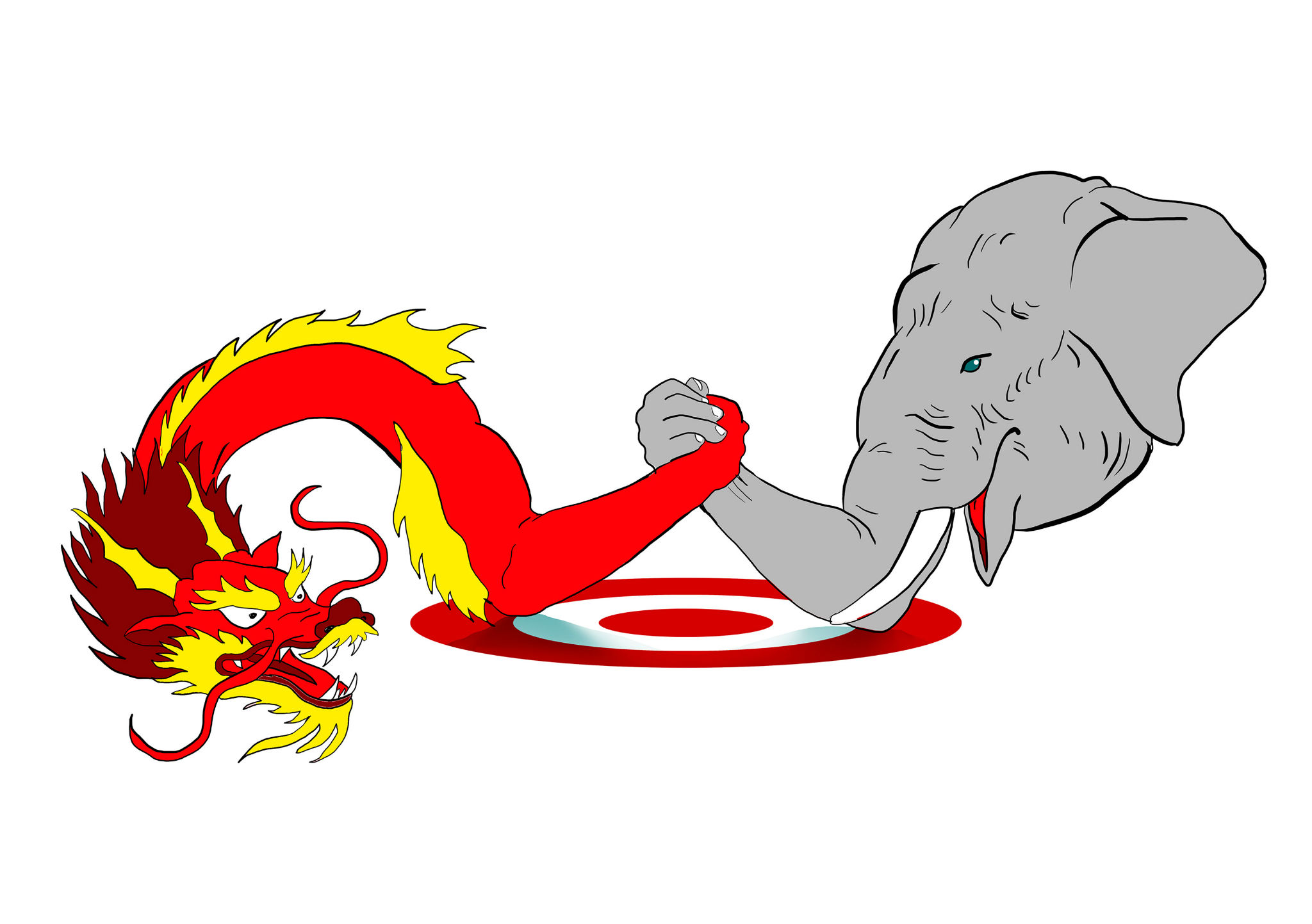
New Delhi: The ascension of Xi Jinping in China and his elevation to the level of founder Mao Zedong hasn’t come as a surprise for political analysts.
Xi has steadily increased his grip on power since becoming leader in 2012. In his opening speech, he predicted that by 2050 the country will “stand proudly among the nations of the world” and “become a leading global power”. Building a “world-class” military that can fight and win wars is going to be the first priority.
However, Xi’s call to build a military that can “fight and win” has alarmed China’s neighbors as several of them are embroiled in tense territorial disputes with Beijing.
China and India were engaged in a long military confrontation over a disputed area in the Himalayas.
The Chinese maritime patrol units routinely defy Japan by passing through Senkaku islands.
Since the rise of China on the world stage it has become increasingly assertive and aggressive. It claims sovereignty over almost the entire South China Sea, despite rival claims from countries including Vietnam, the Philippines, and Malaysia.
Beijing has already reclaimed islands in the sea and has installed military aircraft and missile systems.
It took a long time for the Chinese to recover from its “century of humiliation” at the hands of colonial powers like Japan, the UK, and France. While Mao was the founding father, it was Deng Xiaoping who realized that without a capitalist-based economy, China would not prosper. This led to the transformation of state-owned and -operated economy into one that allowed private property, relatively open markets, and international commerce. Now, under Xi, the country aims to project itself as a superpower.
Recently, the Hong Kong-based South China Morning Post reported that Chinese engineers were testing techniques that could be used to build a 1,000 km tunnel to carry water from Tibet to Xinjiang.
However, China denied that it was planning to divert water from the Brahmaputra River in Tibet to Xinjiang province.
India should be cautious as in 2015, the Chinese had no plans to turn man-made islands in the South China Sea into military zones but they ended up militarizing the islands.
India needs to work closely with Japan and the USA to counter China’s increasing assertiveness in the disputed region. Modi, Abe, and Trump view China as an emerging world power that has to be counter-balanced. Abe has declared that the India Japan relationship is the “most important bilateral relationship” in the world.
As the American power is on the verge of decline, China has started projecting itself aggressively. From the South-China Sea to Doklam, China has a history of encroaching upon the target country’s land or maritime territory.
India also needs to focus on modernizing its military because the world recognizes strength, both economic and military.








